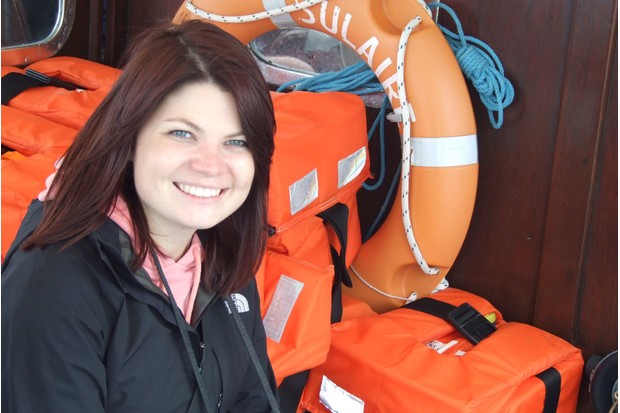Grey seal champion, Monty Halls: "It dives to 120m, it defies its mammalian heritage to dominate the marine food-chain, and we’ve got more of the species here than anywhere else. The grey seal: as one diver to another, I’m lost in admiration." Monty is a BBC Two presenter and author
Slouched on the rocks, appearing to do little other than yawn and scratch, blubbery grey seals don’t look the most statuesque of species. Their scientific name, which means ‘hook-nosed sea pig’, does them no favours either.
But in the sea these pinnipeds literally come into their element. Beautifully adapted for swimming, they slip through the water with supreme agility, the light catching their dappled bodies as they glide through the shallows, nose among the kelp or bolt after prey at speeds of up to 30kph. When travelling fast the seals use their tails for propulsion, flattening their front flippers against their flanks; if swimming at a more sedate pace they hold these limbs out to the side.
Encounters with grey seals are virtually guaranteed if you head to the right stretch of coast. Even if there are none on the shore, you may spot an inquisitive head bobbing on the sea’s surface. And if you’re willing to don wetsuit and snorkel, you could marvel at their underwater prowess up close for yourself.
Nearly half of all grey seals live on British coasts, with the rest spread between Iceland, Scandinavia and south-east Canada. They fish at sea for most of the year, periodically coming ashore to rest. In autumn large numbers haul out at favoured sites such as Donna Nook in Lincolnshire to deliver pups conceived last year and to mate again – a breeding extravaganza that’s one of our greatest wildlife spectacles.
Best places to see a grey seal
- Blakeney Point, Norfolk
- Farne Islands, Northumberland
- Orkney Islands, Scotland
- Skomer Island, Pembrokeshire



